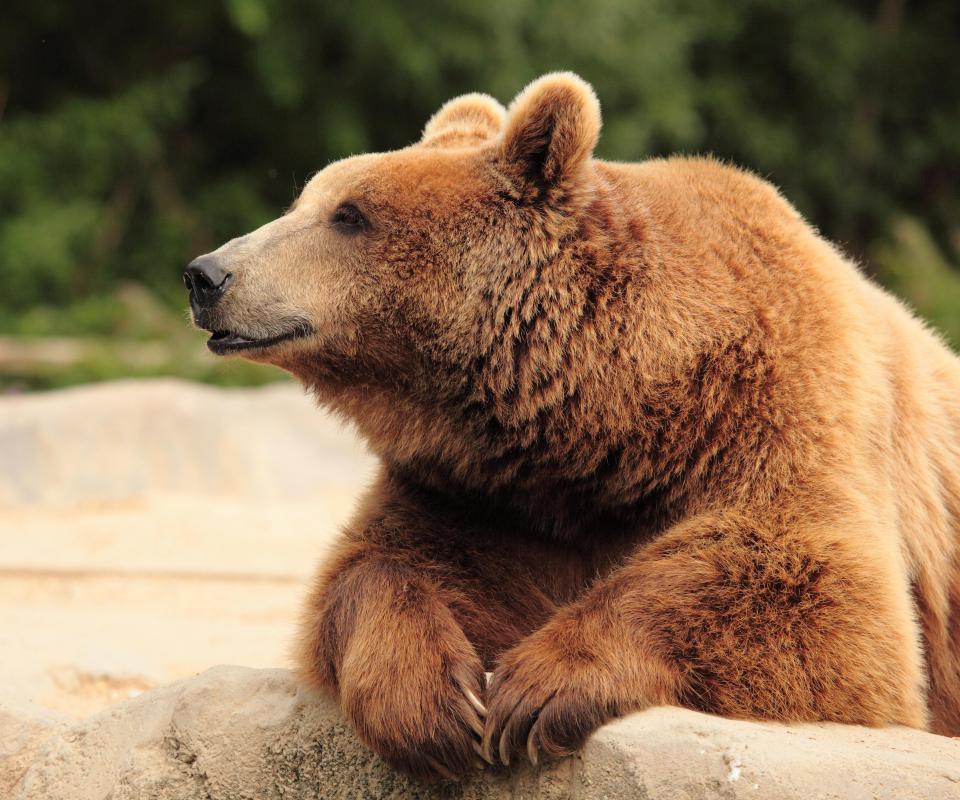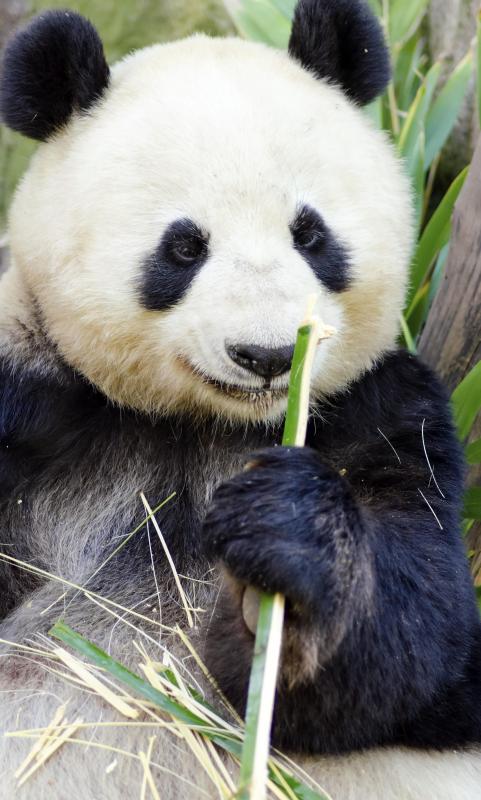What are Umbrella Species?
 Sara Schmidt
Sara Schmidt
An umbrella species is a plant or animal species with a wide range that has requirements for living that are as high or higher than other animals in its habitat. This means that if that species' requirements are met, then those of many other species in its area will be met as well. As such, these animals are commonly used in conservation. Though this term is related to other conservation ideas like flagship, keystone, or indicator species, it's actually something very different. There are criticisms of the umbrella system; however, it has proved helpful in several situations.
Types

There is no international criteria for selecting animals to serve as umbrella species, but generally speaking, they tend to be large mammals or birds, since they tend to have the greatest range of environments and often have a large impact on their ecosystem. Many times, endangered or vulnerable types of animals are chosen, since more people know about them or because environmental legislation can be more easily used to protect them. Some conservationists make use of an extended umbrella model, in which they choose several high-needs species that have overlapping requirements, so that they can have the best chance of meeting the needs of the most animals possible. Common umbrella species include the Northern spotted owl, tigers, grizzly bears, rhinoceri, and whales.
Uses

The use of umbrella species is designed to make the conservation and environmental decision-making process easier. With so many millions of diverse forms of wildlife requiring monitoring and protection, it can be difficult to assess the individual needs of every single species. Since the umbrella species' requirements include those of so many other species, conservationists can reasonably assume that they've helped all those other species that share requirements with it when they help it.
This model is also used in creating wildlife reserves. In this situation, conservationists calculate how much land an umbrella species would need, and then designate that much land as that animal would need as an area of concern or a reserve.
Criticisms

While it is assumed that protecting an umbrella species will automatically provide protection to other surrounding organisms, this is often hard to monitor in practice. Some also feel that focusing on only one species at the possible expense of others is not the best conservation method. Additionally, little research has been done to confirm whether the umbrella model actually works, and many of the studies that have been done on it show that it's not always effective. For example, Noss et al. (1996) found that though grizzly bears would work fairly well as an umbrella animal, the needs of reptiles in the bears' area would not be covered. Despite these criticisms, the model has worked well in several situations. For example, Martinkainen et al. (1998) found that white-backed woodpeckers worked well as an umbrella for a certain type of beetle.
Related Concepts

The idea of choosing one species to help or monitor is also used in choosing a flagship, keystone, or indicator species. Flagship species are animals that are chosen as the "face" of an environmental campaign because they're appealing and a lot of people know about them. For instance, pandas or whales are commonly used as flagship animals.
Keystone species are animals that have a fairly small distribution, but have a large impact on their environment, like beavers. Indicator species are those that can be used to learn certain things about the surrounding environment. For example, certain types of fish can only live in very clean water, so the presence of that fish in an area would indicate that the water is clean.
AS FEATURED ON:
AS FEATURED ON:














Discussion Comments
I think the concept of using umbrella species to protect other living creatures in the same area is a great way to enforce conservation. Without this protection, many potentially endangered species and the environment around them may be at risk. For example, certain types of insects are protected as umbrella species, which in turn enforces the protection of the land where they are found.
Post your comments